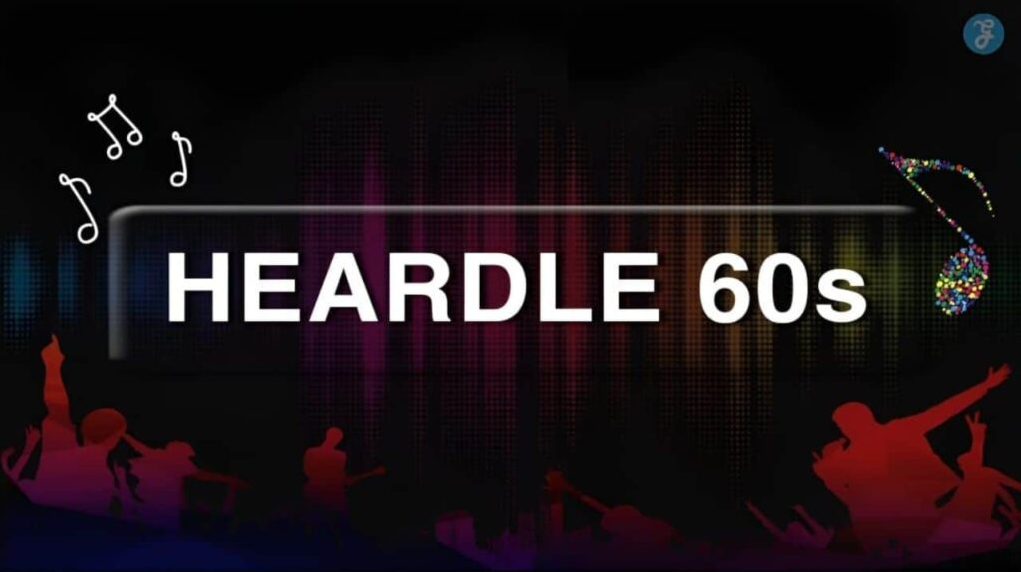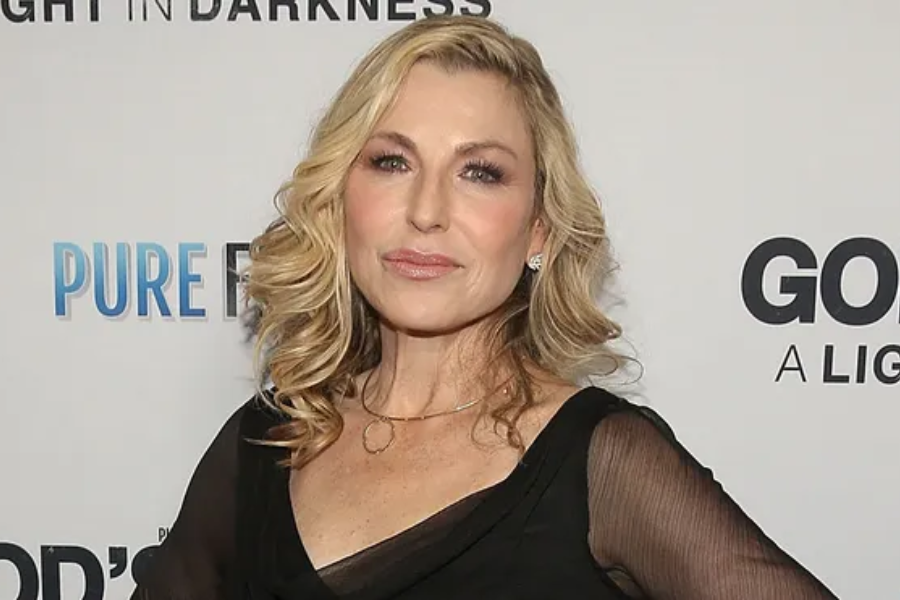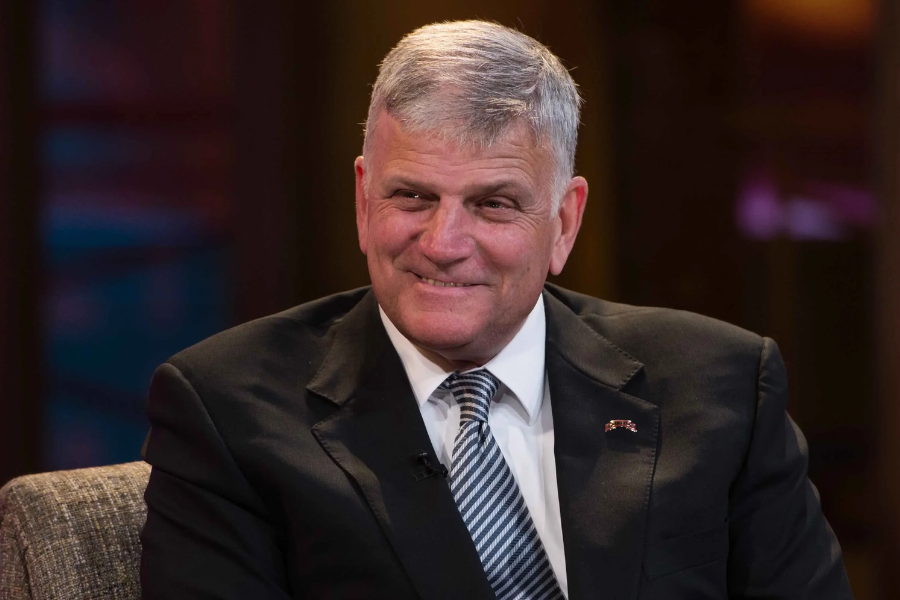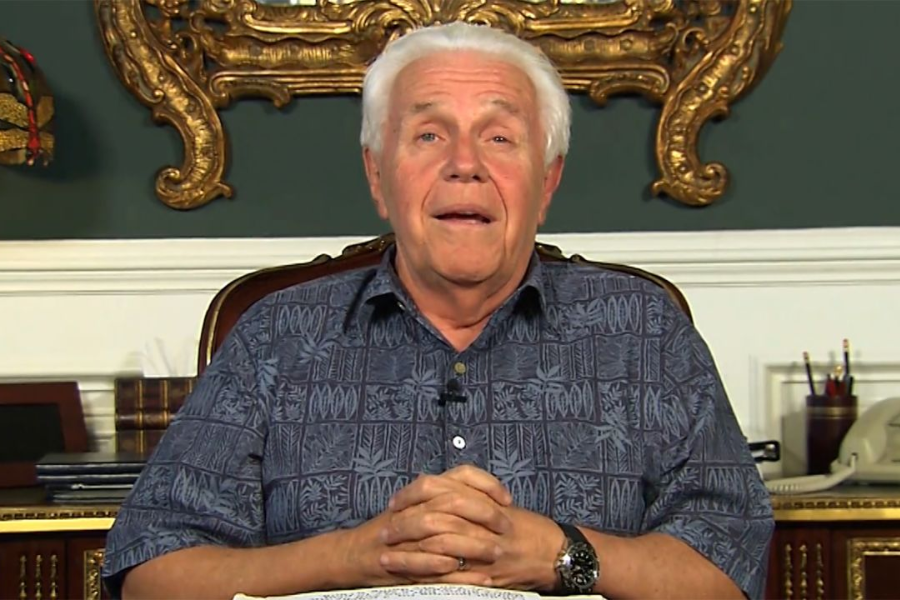
Introduction to the 1960s music scene
The 1960s was more than just a decade; it was a cultural explosion that transformed the music landscape forever. As sounds of rebellion echoed through the streets, artists pushed boundaries and created new genres. From electrifying rock anthems to soulful Motown hits, every corner of this era resonated with creativity and passion. With each chord struck, musicians captured the essence of a generation yearning for change. Today, we take you on a journey back in time with “Heardle 60s: A Nostalgic Journey Through the 1960s Music Scene.” Get ready to explore the iconic tunes and legendary artists that defined an unforgettable moment in musical history!
The rise of Rock and Roll
Rock and Roll emerged as a cultural phenomenon in the 1950s, but it truly flourished in the 1960s. This genre became synonymous with youthful rebellion and freedom. Young people embraced its raw energy, making it an anthem for their generation.
Artists like Chuck Berry and Little Richard laid the groundwork. Their electrifying rhythms captivated audiences and influenced countless musicians who followed. The sound was fresh, blending rhythm and blues with country elements.
By the early ’60s, bands like The Beatles took Rock and Roll to unprecedented heights. They pushed creative boundaries while appealing to a global audience. With catchy melodies and innovative songwriting, they defined what modern music could be.
The rise of Rock and Roll also paved the way for iconic festivals such as Woodstock. These events solidified its place in popular culture while showcasing diverse talents that would shape music history for decades to come.
The impact of Motown and Soul Music
Motown and Soul Music emerged as powerful forces in the 1960s, transforming the musical landscape. This era marked a significant shift in how African American music was perceived and celebrated.
Motown Records, founded by Berry Gordy Jr., brought together incredible talent. Artists like Stevie Wonder, Diana Ross, and Marvin Gaye crafted hits that crossed racial barriers. Their sound defined an entire generation.
Soul music added depth to this movement. With its roots in gospel traditions, it expressed raw emotion and passion. Icons such as Aretha Franklin infused their songs with heartfelt messages of love and struggle.
The impact was profound; these genres not only influenced musicians but also shaped cultural conversations around equality and civil rights. The rhythm captured hearts worldwide, solidifying Motown’s legacy in history while paving the way for future artists across genres. It became a soundtrack for change during turbulent times.
The British Invasion
The British Invasion transformed the music landscape of the 1960s. Bands like The Beatles, The Rolling Stones, and The Who stormed American shores with a fresh sound that captivated audiences.
The Beatles led this wave, redefining pop music’s possibilities. Their harmonies and innovative songwriting set trends that influenced countless artists. They weren’t just musicians; they were cultural icons.
Meanwhile, The Rolling Stones brought a raw edge to rock ‘n’ roll. Their energetic performances and rebellious spirit resonated deeply with youth culture. Songs like “Satisfaction” became anthems for a generation seeking change.
Other bands joined the fray too—The Kinks and The Animals added their unique flavors to the mix. This era wasn’t just about music; it was a cultural phenomenon that affected fashion, language, and attitudes across America.
As these bands toured relentlessly, they cultivated a deep connection with fans who embraced their artistry wholeheartedly.
Folk Music and the protest movement
The 1960s were a pivotal time for folk music, serving as the soundtrack to a generation seeking change. Artists like Bob Dylan and Joan Baez emerged as powerful voices of dissent. Their lyrics resonated deeply with those disillusioned by war and societal injustice.
Folk music became more than just entertainment; it was an anthem for the civil rights movement and anti-war protests. Songs echoed in rallies, igniting passion among crowds fighting for equality and peace. The simplicity of acoustic instruments allowed heartfelt messages to shine through.
This era also saw a blend of traditional folk with contemporary issues, making the genre accessible to many. The raw emotion in these performances connected listeners on a personal level. It transformed gatherings into movements, uniting people around shared ideals and hopes for a brighter future.
Evolution of Psychedelic and Experimental Rock
The 1960s saw a radical transformation in the music landscape, particularly through psychedelic and experimental rock. This genre emerged as artists sought to explore new sounds and ideas, pushing boundaries that had never been reached before.
Bands like The Beatles began to incorporate surreal lyrics and innovative studio techniques. Their album “Sgt. Pepper’s Lonely Hearts Club Band” became a hallmark of this movement, blending various musical styles and unconventional instruments.
Meanwhile, groups such as Pink Floyd delved into avant-garde elements, creating soundscapes that reflected altered states of consciousness. Live performances often featured light shows and visuals designed to enhance the auditory experience.
The influence extended beyond music; it intertwined with cultural movements centered on freedom and experimentation. Psychedelic rock embodied the spirit of the times—challenging norms while inviting listeners on an auditory adventure unlike any other.
Iconic artists and their contributions
The 1960s birthed a plethora of iconic artists who shaped the music landscape. From Bob Dylan’s poignant lyrics that captured the spirit of protest to Jimi Hendrix, whose guitar solos redefined rock, each artist left an indelible mark.
Aretha Franklin emerged as the voice of a generation with her soul-stirring anthems, empowering listeners and challenging societal norms. Meanwhile, The Beatles revolutionized pop music with their innovative sound and lyrical depth; they became cultural icons globally.
Janis Joplin brought raw emotion to her performances, breaking barriers for women in rock. The Beach Boys crafted harmonies that painted vivid pictures of California living.
Each artist contributed not just songs but movements—musical styles that influenced countless generations. Their legacies remain vibrant in today’s music scene, echoing through genres and inspiring new talent around the world.
Influence on modern music
The influence of 1960s music on modern sounds is undeniable. Today’s genres still echo the revolutionary spirit that defined this vibrant era.
Artists like The Beatles, Bob Dylan, and Jimi Hendrix laid the groundwork for countless musicians who followed. Their innovative approaches to songwriting and performance have become staples in contemporary music.
Fusing various styles, from rock to folk, has led to hybrid genres that dominate charts today. Indie rock bands often draw inspiration from the sonic experimentation of psychedelic rock.
Moreover, Motown’s catchy melodies and soulful rhythms can be heard in today’s pop hits. This blend of influences highlights how timeless these 60s tracks remain.
Even hip-hop artists sample classic songs from this decade, incorporating their essence into new narratives. It’s a testament to the lasting power of those groundbreaking years in shaping what we listen to now.
Nostalgia for the 60s music era
The 1960s music scene resonates deeply with many. It was a decade of transformation, where sounds intertwined to create unforgettable melodies.
For those who lived through it, each note evokes memories of dance floors and carefree nights under starlit skies. The energy and spirit captured in songs have become timeless treasures.
Even today, younger generations find themselves drawn to this era’s vibrant tunes. Streaming platforms flood listeners with classic hits that inspire new interpretations and covers.
Nostalgia doesn’t merely rest in the past; it lives on through modern culture. Films, commercials, and even fashion often pay homage to this influential decade.
Listening to tracks from the ’60s can transport anyone back in time, sparking joy or reflection. It serves as a reminder of an age when music became a powerful voice for change and unity across the globe.
Conclusion
The 1960s music scene was a vibrant tapestry woven from diverse sounds and cultural movements. Each genre, artist, and song played a pivotal role in shaping the era’s identity. The rise of Rock and Roll ignited youth rebellion, while Motown and Soul Music brought rhythm to civil rights struggles. The British Invasion turned musical norms upside down, introducing fresh styles that captivated audiences worldwide.
Folk music intertwined with activism, giving voice to social issues through poignant lyrics. Psychedelic rock pushed boundaries further by experimenting with soundscapes and lyrical content, marking an evolution in artistic expression.
Iconic artists such as Bob Dylan, The Beatles, Aretha Franklin, and Jimi Hendrix left indelible marks on the industry. Their innovative contributions continue to inspire musicians today.
Nostalgia for this remarkable decade remains strong. Platforms like Heardle allow fans to relive those memories through the magic of music trivia games centered around songs from the 60s.
This nostalgic journey not only celebrates a transformative era but also highlights its lasting influence on modern music genres we enjoy today. The spirit of the 60s continues to resonate—reminding us that great music transcends time.









